Cool new technologies to save money and energy
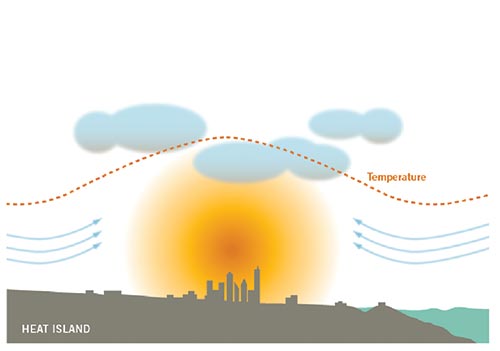
Source: www.usgbc.org
This phenomenon was investigated and examined in the early 19th century in London. And at the beginning Urban Heat Island (UHI) was correlative with population centre growth. But nowadays, the less-used term heat island refers to any area, populated or not, which is consistently hotter than the surrounding area.
Elevated temperatures from an urban heat island can affect a community’s environment and quality of life. Nearly all heat island consequences are negative – increased energy consumption for cooling and resultantly more pollution and greenhouse gases – and compromised human health and comfort.
Many communities are using a range of measures to reduce urban heat islands, such as increasing tree and vegetative cover, installing rooftop gardens and cool – mainly reflective – roofs as well as the use of cool pavement.
Widespread implementation of these strategies provides additional benefits. For example, a single cool roof will mainly benefit a building owner and the occupants, but community-wide cool roof installations will provide savings to the building owner, occupants, and the community at large, as they will reduce air temperatures throughout the entire area.
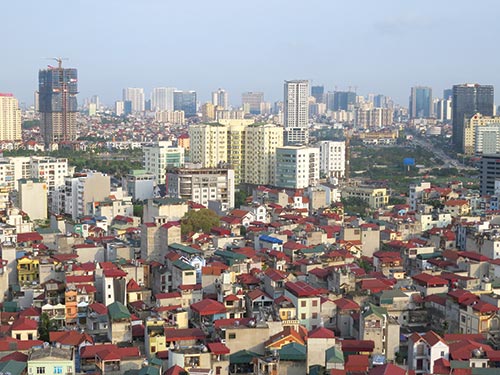
The use of cool roofs can dramatically reduce costs as well as energy consumption, Photo: Duc Thanh
Also, using cool roofs reduces conduction of heat into the building, convection of heat into the outside air and thermal radiation of heat into the atmosphere. This benefits our buildings, our cities and our planet.
Using cool roofs during the hot summer months reduces the need for cooling in air conditioned buildings, which saves energy and money. Moreover, the lower demand for cooling energy will also moderate peak energy demand during heat waves and very hot summer afternoons, thereby decreasing the risk of power outages. Also, cool roofs lower the indoor air temperature in buildings that do not have air conditioning, promoting productivity and occupant health.
Using cool roof technologies can provide a wide range of benefits and is a simple solution for individuals, organisations and communities to reduce costs, protect the environment, and enjoy a better way of life.
(*) Technical marketing manager of NS BlueScope
What the stars mean:
★ Poor ★ ★ Promising ★★★ Good ★★★★ Very good ★★★★★ Exceptional
Latest News
More News
- Going green to save a bundle (June 08, 2015 | 10:00)
- Green buildings: the rising trend (June 02, 2015 | 09:41)
- Green buildings – key to sustainable urban development in Vietnam (May 18, 2015 | 17:00)
- Feed-in tariffs continue to haunt green energy prospects (December 15, 2014 | 10:47)
- Building material types intrinsic to green ratings (December 09, 2014 | 11:56)
- Turning an eco- smart dream into reality (December 09, 2014 | 11:55)
- Green products enjoy a growing presence at Vietbuild Hanoi 2014 (December 01, 2014 | 10:06)
- Country profits from green building (November 24, 2014 | 11:02)
- Firms flout enviroment laws (November 17, 2014 | 10:48)
- Energy efficient sticks and carrots (November 10, 2014 | 15:30)


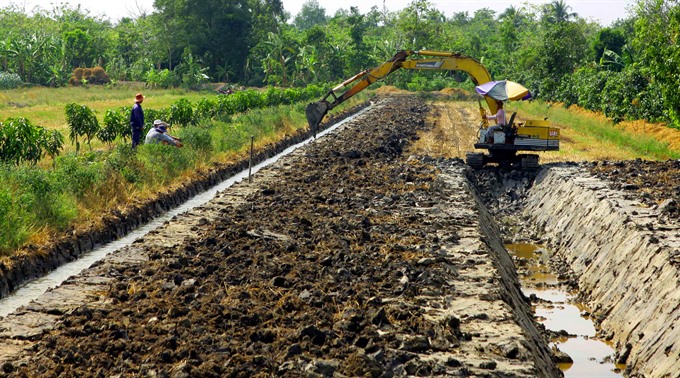
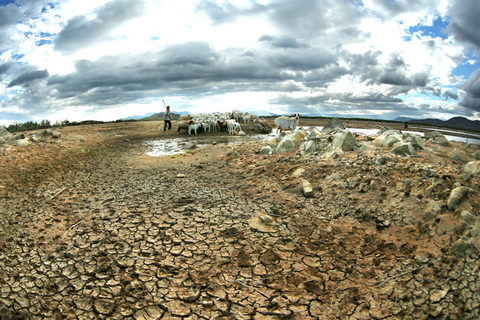
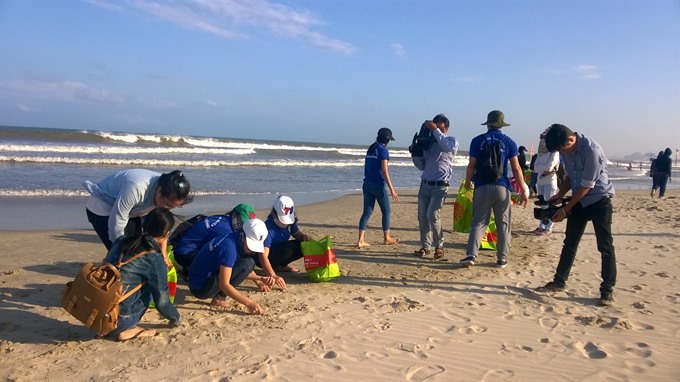
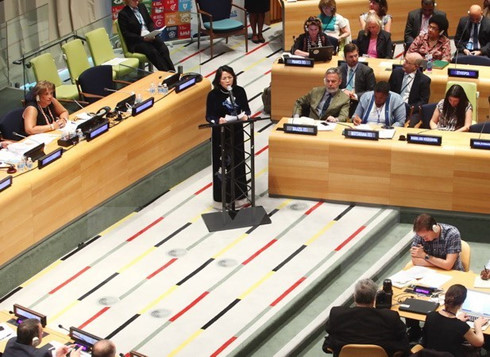
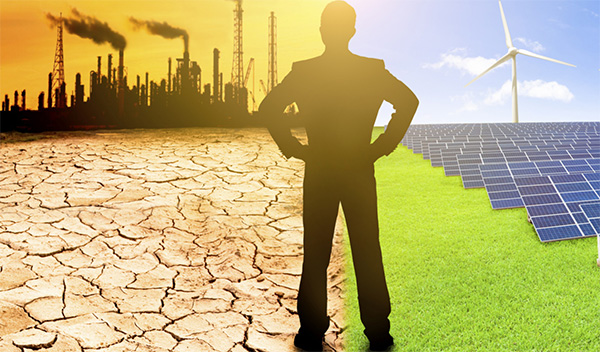
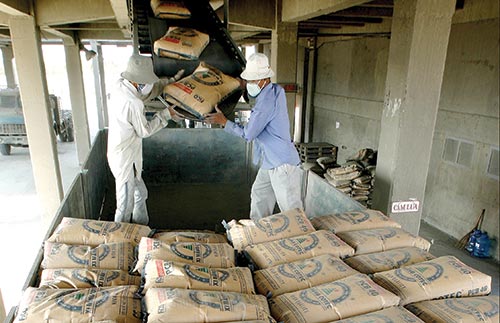










 Mobile Version
Mobile Version